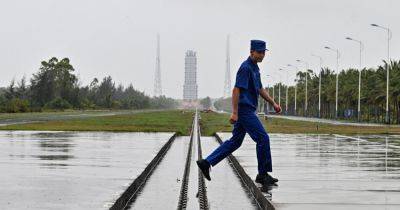How more Asean-China agricultural trade could reshape regional, global markets
Two-way agricultural trade is booming. Between 2000 and 2022, the volume of Chinese agricultural exports to Asean countries skyrocketed from US$1.52 billion to US$61 billion, making China the economic bloc’s largest source of imports.
05:20
Why the global rice supply is in crisis
This could also help Asean countries export agricultural products to China and other countries through existing connectivity and logistics hubs. Doing so may help Southeast Asian agricultural exports reach new or harder-to-reach markets and vice versa.
01:21
Malaysia chicken ban causes poultry shortage in Singapore
Stronger inter-regional agricultural trade is an efficient way of helping to address growing food security concerns amid an increasingly fractured geopolitical environment, climate shocks and trade disruptions.
Although stronger two-way food trade could lead to a reduction in dependence on Western exporters in both China and Southeast Asia in the medium to longer term, demand for Western food imports is likely to remain for now.
Disputes between China and Southeast Asian states are largely being carefully managed at present. This needs to continue so they do not add to the challenges for governments and policymakers in the future.
Genevieve Donnellon-May is a researcher at Oxford Global Society, the Asia-Pacific analyst for The Red Line podcast and a 2023 Pacific Forum Young Leader







